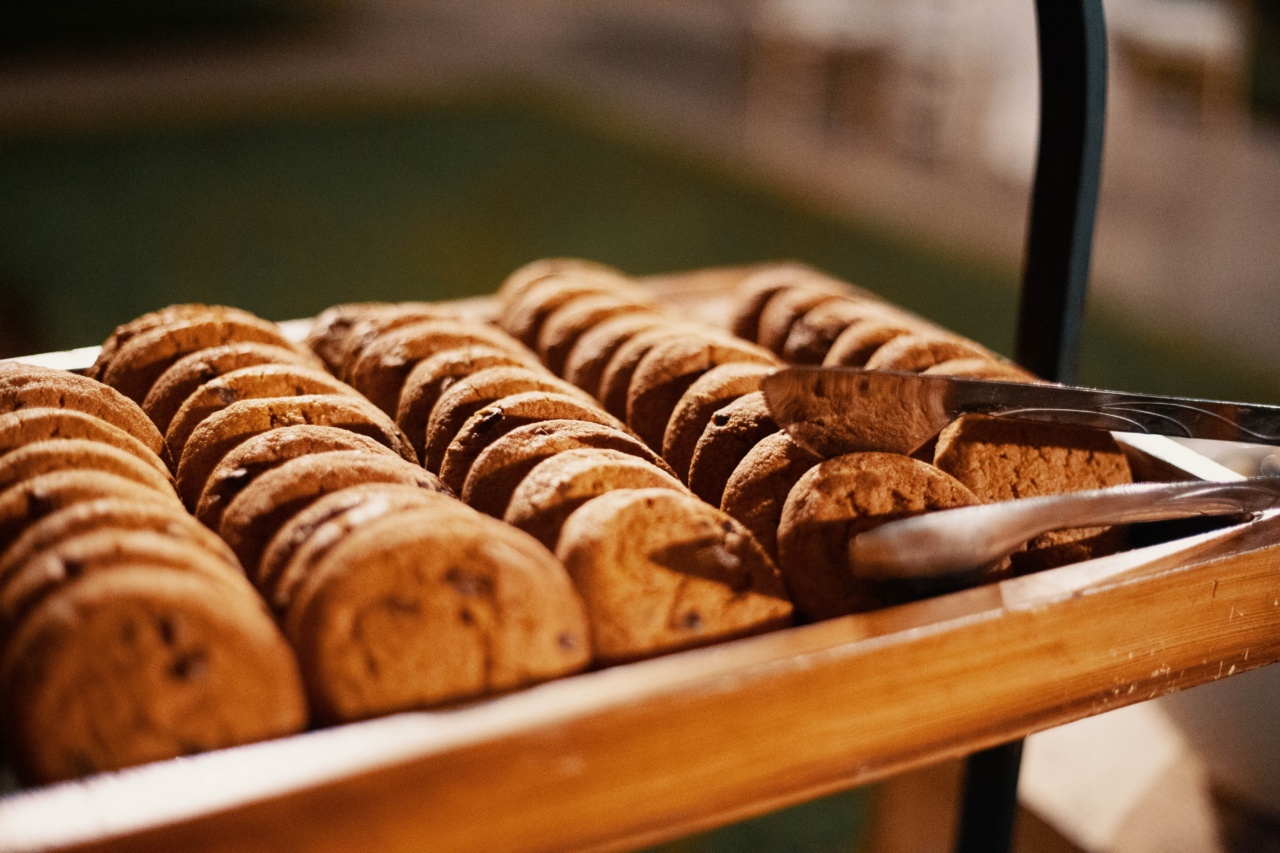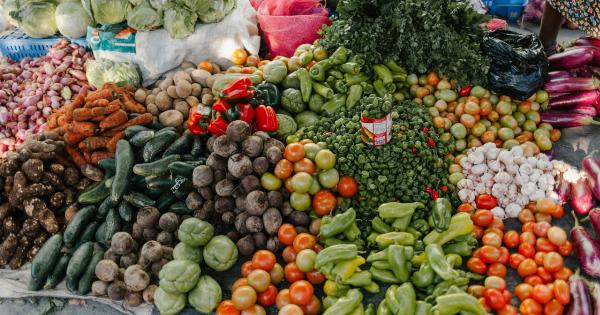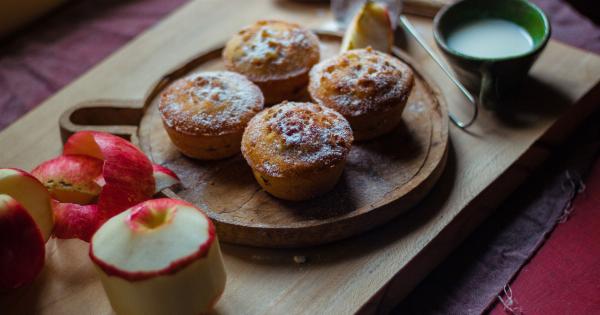Food labeling can be confusing, and as consumers, we often rely on them to make informed decisions about what we eat. Unfortunately, many food manufacturers use deceptive tactics to hide the true amount of sugar in their products.
In this article, we will examine the truth about hidden sugars and provide tips for how you can avoid consuming excessive amounts of sugar without even realizing it.
What are Hidden Sugars?
Hidden sugars are added sugars that are not immediately apparent in a product’s ingredients list. They may not be listed as “sugar” but may instead be disguised using other names, such as:.
- Corn syrup
- Fructose
- Dextrose
- Maltose
- Honey
- Agave syrup
Even seemingly healthy foods can contain hidden sugars. For example, yogurt and granola bars often contain added sugars to enhance their taste. Many brands of bread also contain sugar, which makes it even more important to check the labels carefully.
Why are Hidden Sugars a Problem?
Sugar is highly addictive, and consuming too much of it has been linked to a wide range of health problems. Excessive sugar intake can lead to obesity, type 2 diabetes, heart disease, and even some cancers.
Sugar also contributes to tooth decay and can negatively impact cognitive function, leading to decreased focus and memory loss.
Given these severe health risks, it is essential to limit our sugar intake and avoid hidden sugars as much as possible.
Unfortunately, this can be easier said than done, and many people unwittingly consume large amounts of sugar without even realizing it.
How to Spot Hidden Sugars
Spotting hidden sugars on food labels can be tricky, but there are a few things to look out for:.
- Read the ingredients list carefully
- Look for ingredients that end in “-ose” (such as fructose or sucrose)
- Avoid products that list sugar or a type of sugar as one of the first few ingredients
- Keep an eye out for “low-fat” products as they often contain added sugars to enhance flavor
- Watch out for foods marketed as healthy, as they can still contain hidden sugars (such as granola bars and cereal)
Another helpful tip is to check the nutritional information table on the label. Registered dietitian Kelli McGrane recommends looking for foods with less than 5g of added sugar per serving and avoiding those with more than 10g per serving.
Tips for Reducing Hidden Sugar Intake
There are several ways to reduce your hidden sugar intake and prevent some of the health problems associated with excessive sugar consumption. Here are some tips:.
- Choose whole, unprocessed foods whenever possible
- Opt for fresh fruits over fruit juice or canned fruit
- Use natural sweeteners such as stevia or honey instead of sugar
- Eat at home more and avoid eating out too often, where it is more difficult to control the sugar content of your meals
- Make your own snacks at home to control the ingredients and sugar content
- Drink water or tea rather than sugary drinks or energy drinks
By following these tips, you can significantly reduce your added sugar intake without sacrificing flavor or taste.
The Bottom Line
Hidden sugars in food products can be a significant problem, leading to serious health issues when consumed in excess. It’s essential to read food labels carefully, look out for added sugars and take steps to reduce your sugar intake.
By making informed choices about what we eat and drink and reducing our reliance on processed foods and sweetened beverages, we can take control of our health and reduce the risk of chronic diseases.































